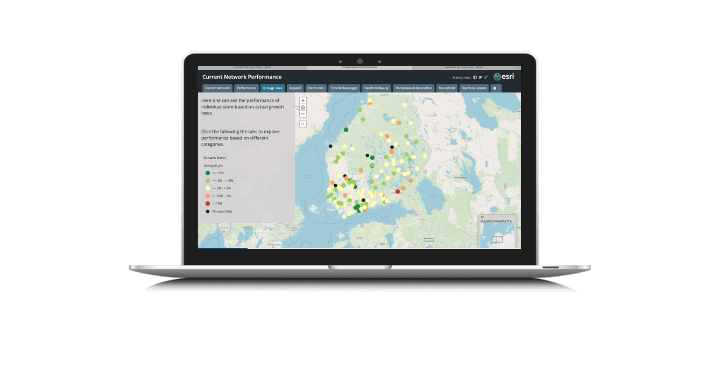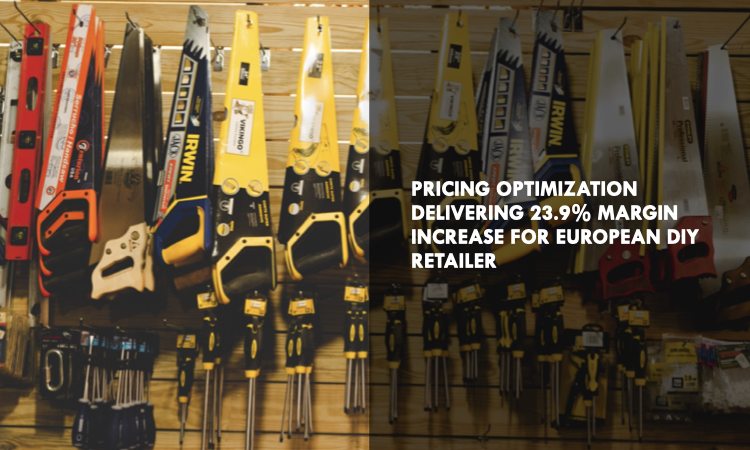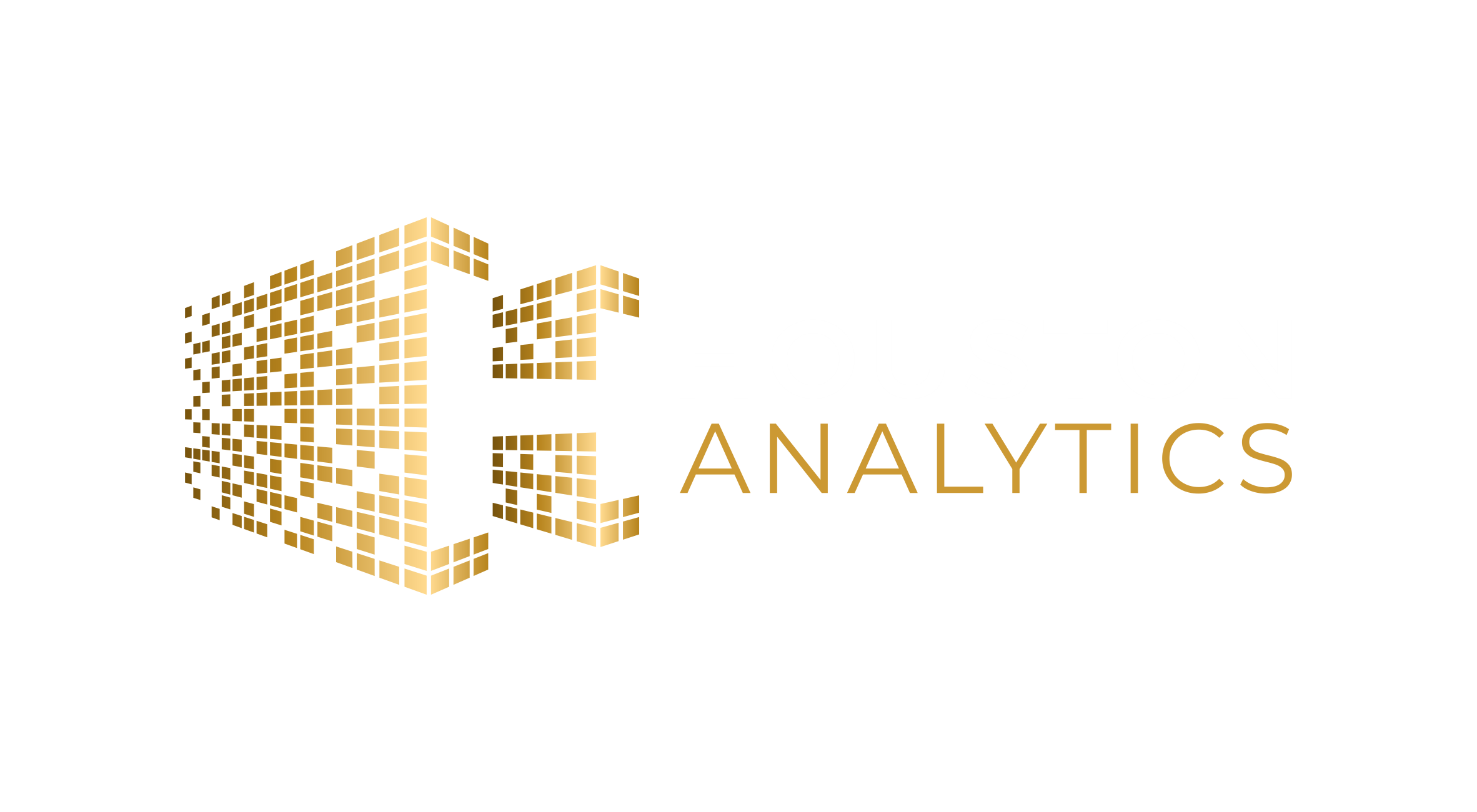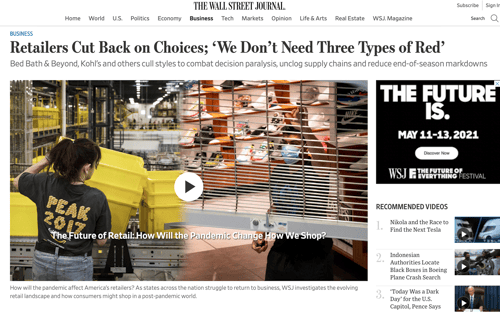 Suzanne Kapner in Wall Street Journal: Retailers Cut Back on Choices
Suzanne Kapner in Wall Street Journal: Retailers Cut Back on Choices
Suzanne Kapner of Wall Street Journal covered retailers’ challenges with assortment explosion in her article “Retailers Cut Back on Choices; We Don’t Need Three Types of Red":
”Bed Bath & Beyond, Kohl’s and others cull styles to combat decision paralysis, unclog supply chains and reduce end-of-season markdowns”
More is more
Internet and digitalization freed retailers from historical brick’n mortar space constraints, liberating them to radically expand their assortments.
In that mindset personalization was seen synonymous to endless, personal choices. A true celebration of consumerism and free world.
Brands began to exploit this with more variants, line-extentions and category innovation – and it was embraced by shoppers’ ever more fragmented tastes and consumption habits.
Traditional retail adopted to it as well to combat the threat of ecommerce.
More is more – but it’s not always better
With too many choices things become overwhelming.
“The wider the assortment, the more confused the customer is,” Bed Bath & Beyond Inc. Chief Executive Mark Tritton said in an interview. “Customers want something that is digestible. They want retailers to edit down the choices.”
-Suzanne Kapner in Wall Street Journal
The overwhelming nature of too many choices is not a new discovery. It’s been backed up by research and academia for years.
”Research now shows that there can be too much choice; when there is, consumers are less likely to buy anything at all, and if they do buy, they are less satisfied with their selection.”
-Barry Schwartz in Harvard Business Review
The abundance of choices has also been recognized by category management practice. In fact, the aim of category management and space management is to have comprehensible assortment in stores. So, already in the 80’s less was considered more. To a certain extend.
Research and analyses were means to find a best solution – assortment that is.
Evolution of retail marketing
A report from ECR Community Review of Current Practices in Category Management 2020, dubbed “Category Management Yesterday, Today & Tomorrow” illustrates the evolutionary development of various practices and methodologies:

ECR Community Review: Current practices in Category Management 2020
What’s even more illustrative is the lack of the next ladder.
Especially since the industry has already taken the next step… to a big unknown where they try come by, holding on to conventional tools and methods.
ECR report further talks about “Next generation of supply logistic-structures” going on to list big data, AI and robotics coming to retailers’ aid.
Yet it insists to hold on tightly with the supply-driven world order.
Revolution of retail marketing
Whether you’re looking this from retailer’s or brand’s point of view it’s all the same.
Every single company has built their value chain from sourcing towards consumers.
From supply to customers.
Look at the tools used by the industry. Replenishment planning, supply chain insights, inventory management and optimization.
Brands have their four Ps and not a single one is people. Customers.
ECR community review even illustrates the supply chain structure. Both the old world and their brave new world version:
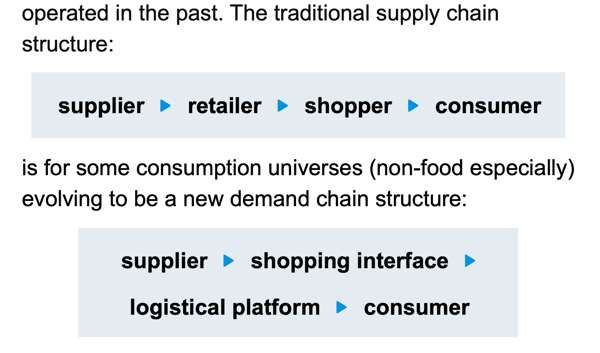
ECR Community Review: Traditional supply chain vs. New demand chain.
Now, think about the world from your perspective as an individual. A consumer. A person with needs and wants (surely, even if you’re retail or brand exec you do have personal needs, right?).
Your choices as to when and where and how you can interact with retailers or brands. Just like you do all every day.
Everything hails from your needs.
It begins from the demand side.
That’s the revolution – the big shift, the disruption or whatever you want to call it – that digitalization, the internet brought.
Analytics Journey book has another simplistic illustration of that shift:
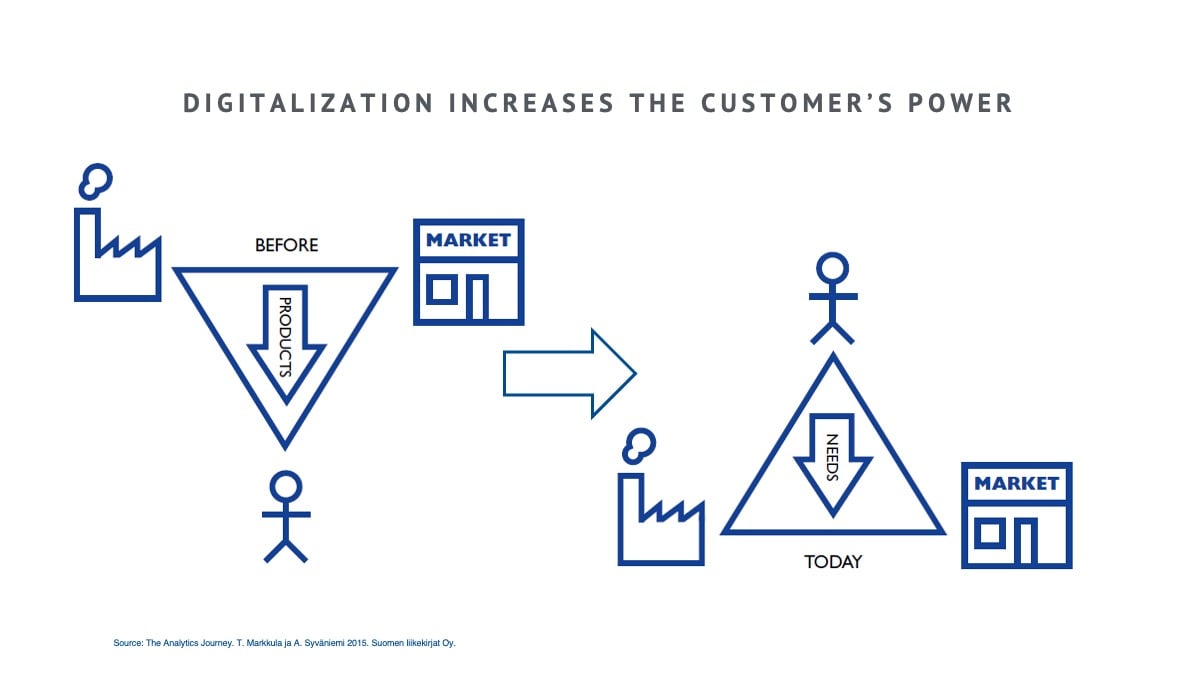
It doesn’t end there. All things are more complex nowadays. Think about it.
In the good ol’ days coffee was just coffee.
 Now, try ordering a cup of coffee and you’ll end up digesting an endless list of alternatives.
Now, try ordering a cup of coffee and you’ll end up digesting an endless list of alternatives.
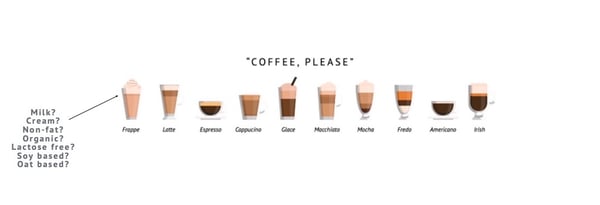
And let’s not even go to dairy or non-dairy alternatives that go into that coffeeish substance.
It’s not only digitalization but fragmentation of customer demand. The effects are what each and every one of us is living with.
For us as individuals it’s all nice and cozy to be able to make our individual choices.
At the same time for us as retailers or brand execs, things have gotten so complex that we’re struggling with everyday decisions, applying the expertise and tools learned over the years. Decades.
”Kohl’s Corp. has reduced the number of different towels it sells to 265 from 320 to eliminate duplicative styles, according to CEO Michelle Gass. It is also slimming down women’s apparel styles by more than 40% by dropping eight brands, including Dana Buchman and Juicy Couture, she said.”
-Suzanne Kapner in Wall Street Journal
Demand-driven retail analytics
The goal is to find the products that make up an optimal entity, assortment.
From brands’ point of view it’s about finding an entity that best serves the market they are after. The product range has to satisfy the need without cannibalizing itself.
Retail chains, on the other hand, must satisfy local demand by finding an assortment for each store that is optimal from the point of view of demand in its trading area.
With differences in regions and areas, the only way to align offering to local demand can be demand-based analytics.
Is it preventing personalization then? Quite the contrary. At a time of abundance only relevance matters.
Finding the right assortment has an analogous goal with the intelligent 1-to-1 dialogue. Both aim to eliminate spam.
Equipping yourself with data on where, what and to whom to serve, the retail value chain changes from supply-driven to demand-driven.
When retailers know specifically what to stock and where, supply will no longer dominate the demand. This leads to better shopper satisfaction – and ultimately sales.


